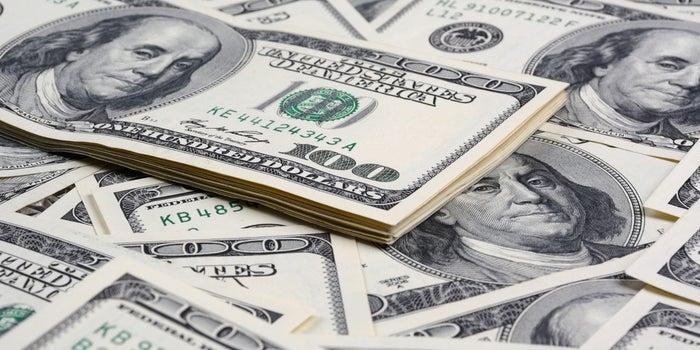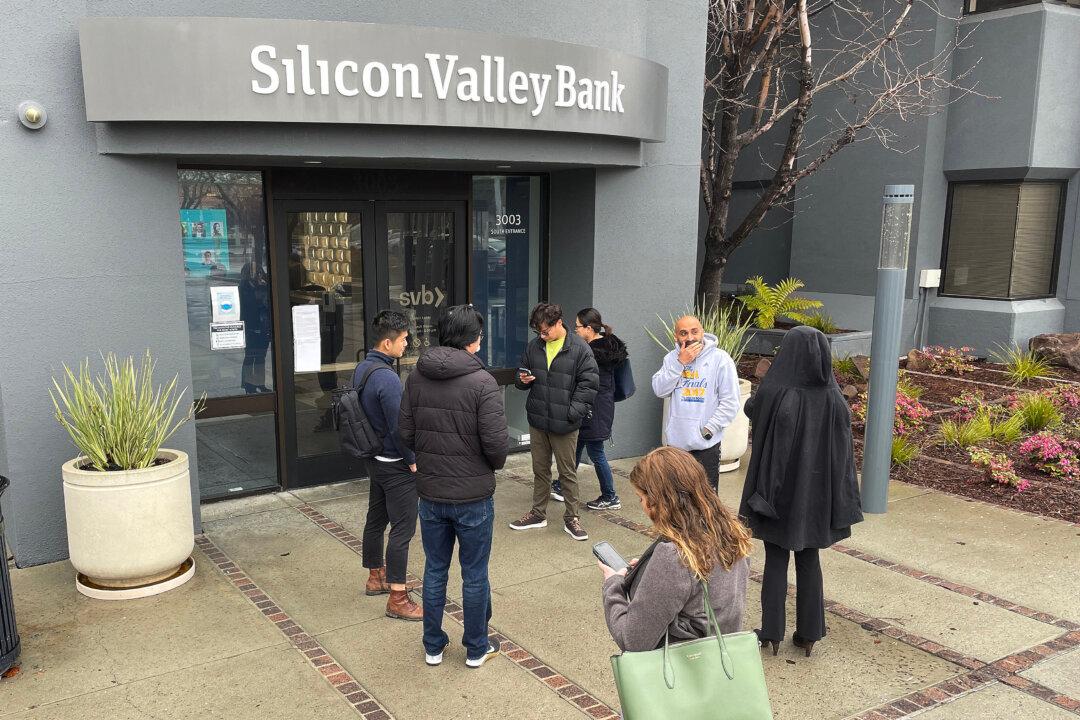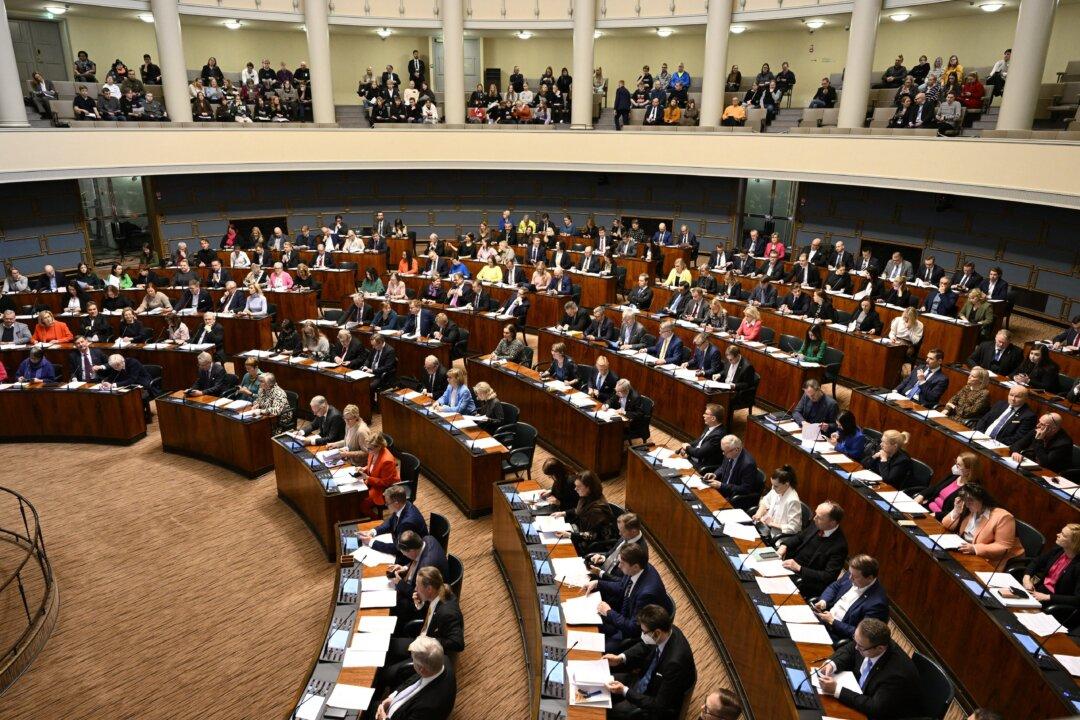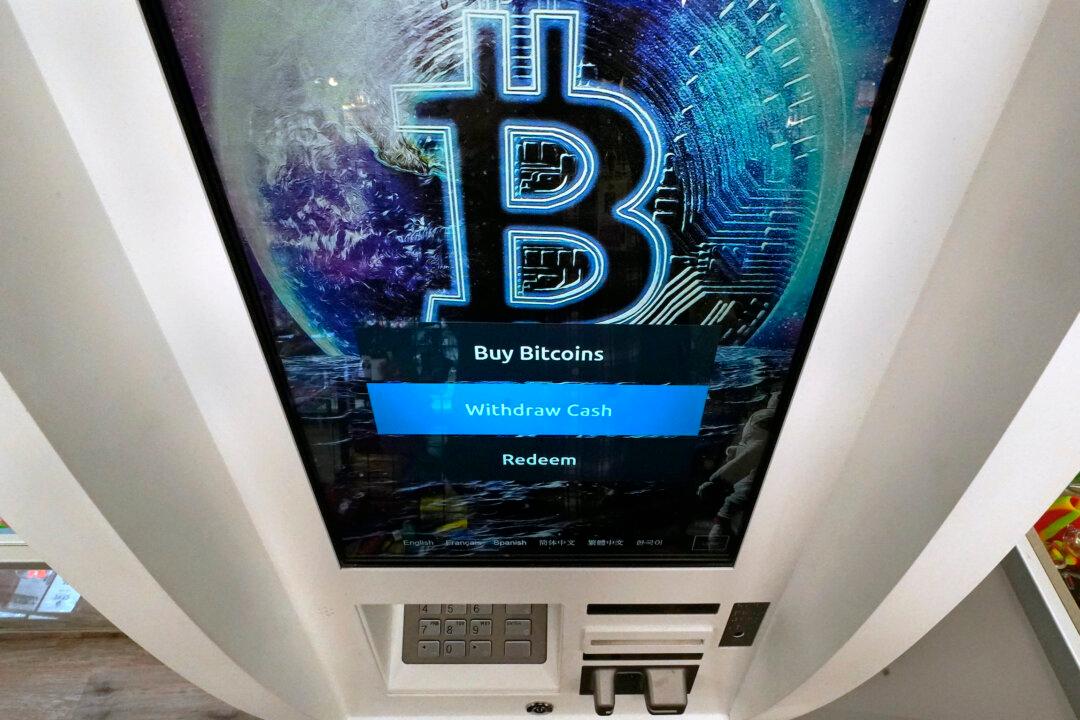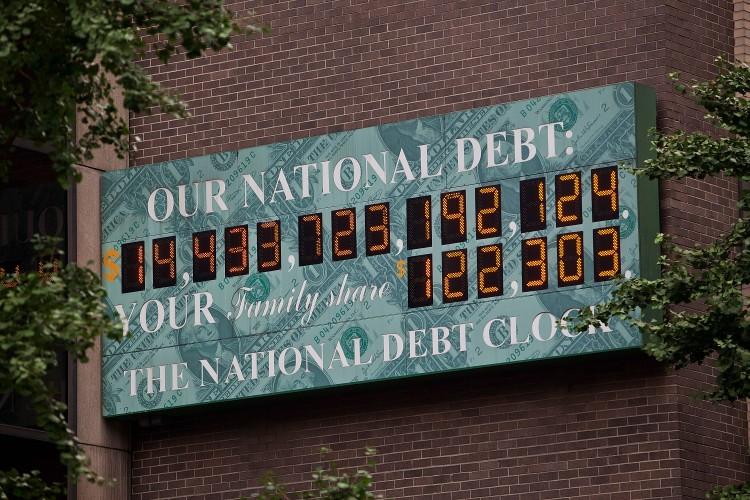Commentary
On Oct. 19, 1987, the U.S. stock markets collapsed. They had enjoyed a stellar run supported by the bull market, which started in August 1982. The ‘Roaring Eighties,’ that is, the economic boom of the 1980s, drove equity markets to new records. But in October, indications of a slowing economy, rising interest rates, and stock liquidations of mutual funds broke the trust of the investors. On the day that came to be known as “Black Monday,” the Dow Jones Industrial Average fell by (around) 20 percent, its largest daily fall ever.
